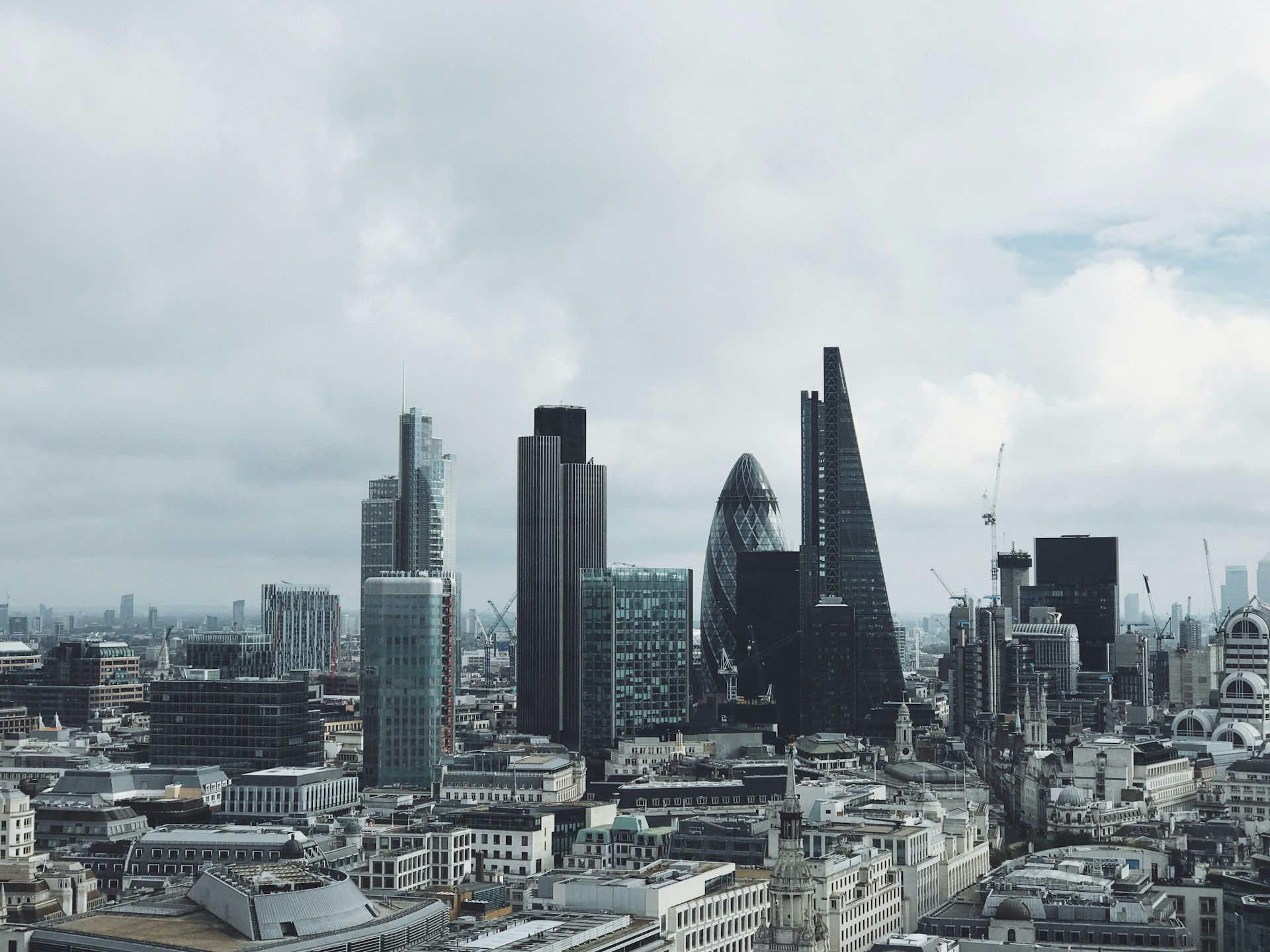The Energy Grid and Impacts on Commercial Real Estate: Spotlight on London
The global energy system is undergoing a rapid transformation.
We are seeing major shifts in electrification, digitisation, distribution and decarbonisation of its components from energy generation to end users. This is putting a massive strain on our energy grids and changing how real estate fundamentally approaches energy supply.
According to the IEA, 700 GW of renewable energy generation was installed globally in 2024, growing 25% from 2023 levels. In the UK, distributed variable renewables led by offshore wind are reshaping the power industry, the shift being marked by the closure of the last UK coal power plant in September 2024. Although wind and solar generation sources have already grown to meet over 30% of UK annual electricity needs, their capacity is expected to increase as demand for electricity grows.
As with any rapid transformation, this comes with its set of challenges. After years of under-investment, the energy grid is struggling to manage the surge in demand as well as the influx of small-scale generation connecting directly to the distribution network. This is already a cause of concern in many regions of the world and in some, limits to new development had to be imposed to help buy time for further necessary upgrades to the distribution grid.
Spotlight on London
A major example is west London, specifically Hounslow, Hillingdon and Ealing, where large real estate developments had to be postponed or downsized following the Greater London Authority issuing a warning to developers in 2022 that all developments could be paused until 2035. Although the responsible distribution system operator, Scottish and Southern Electricity Network, has been working on accommodating some smaller developments, many larger schemes are still waiting for their connection. As investments in energy networks may take decades to become operational, more such grid capacity bottlenecks may become a major risk for real estate developers across the UK.
Energy Grid Capacity in Greater London

Thus, here are 5 reasons why real estate developers and investors in London should pay close attention to current and future energy grid dynamics.
1. Demand increase
Today, electricity accounts for only about 20 % of the UK’s total energy consumption. However, electrification is a key aspect of decarbonisation and electricity demand is set to rise substantially in the coming decades to meet the country’s climate targets. In London alone, the transition to fully electric vehicles could add over 500 MW of constant power demand, with the electrification of industrial processes and heating via heat pumps increasing the demand further. On top of that, datacentres’ power consumption is quickly rising, especially in areas such as West London, putting the local grid under additional strain. With growing power demand, some areas of the distribution networks may become overloaded, limiting the ability to build new assets until the grid catches up. Therefore, developers should choose the location of their new development wisely.
2. Distributed renewable energy
The continued growth of localised, distributed renewable energy generation continues to place additional strains on an already stretched legacy grid distribution and transmission network. This has resulted in a massive backlog of connection applications and waiting times in excess of 10 years.
This has led to the UK’s National Energy System Operator (NESO) taking the step in January 2025 to block new electricity projects from joining the decade-long queue for a grid connection. NESO are using the “pause” to overhaul application rules that have allowed a surge of unfunded project proposals (known as zombie projects) to join the queue, blocking the progress of legitimate green investments.
3. Supply issues
While rapid changes in the energy system may lead to lower emissions and more localised access to electricity, they may also increase the risk of grid disruptions and outages, especially with aging infrastructure. Localised climate change can further impact the physical grid infrastructure and its operations.
London has performed relatively well in minimising interruptions per customer. This is due to its economic significance and high population density leading to a more robust grid design than in many other parts of the country. However, outages are likely to continue, and real estate investors and developers should factor this risk and build solutions into their decisions.
4. Building electrification
Building electrification is one of the biggest decarbonisation challenges in the UK as 17% of its total greenhouse gas emissions come from on-site building energy use, primarily from fossil gas used for space and water heating. While direct energy needs vary significantly between buildings, most of this energy will need to be electrified using heat pumps, as well as from some district heating systems and on site renewable energy.
Building electrification will further increase the demand in the grid. Additionally, more power capacity will be required for EV chargers in many buildings.
The upside is that heat pumps are significantly more efficient than gas boilers and can reduce heating energy use to about one-third, especially when combined with increased operational efficiency, occupant behaviour changes, improved insulation, or better heating distribution systems.
5. Participation in the energy transformation
The energy transformation not only presents challenges for real estate investors and developers, but also offers opportunities for involvement in modern energy grid systems.
In fact, for the energy sector to decarbonise, buildings must become active in the grid to support its flexibility needs. Smart meters can help optimise a building’s power consumption, potentially reducing the contracted grid capacity needed. When combined with electrified heating and cooling systems, they can also distribute additional demand more flexibly, limiting the need for increased connection capacity.
Effective demand management can result in significant cost savings under variable pricing contracts and reduce emissions by shifting consumption to low-carbon times. Installing on-site solar generation and batteries can further reduce dependency on the power grid, mitigate price fluctuations, and provide resilience against outages. Unused battery capacity could also become a source of revenue when contracted to the NESO for ancillary services. Modern energy systems offer many opportunities for asset owners, but staying proactive is essential to avoid falling behind the market.
GreenPlace Insights
We aggregate, analyse and integrate high-resolution UK energy grid data into our Carbon Insights Platform for commercial real estate. This allows us to develop data-driven insights into how individual locations and real estate assets will be impacted by the changing grid dynamics.
We pinpoint assets and locations in Greater London and can highlight their associated energy grid capacity and power cut risks. If you’d like to learn more about how we can help, contact us below.





Leave a comment